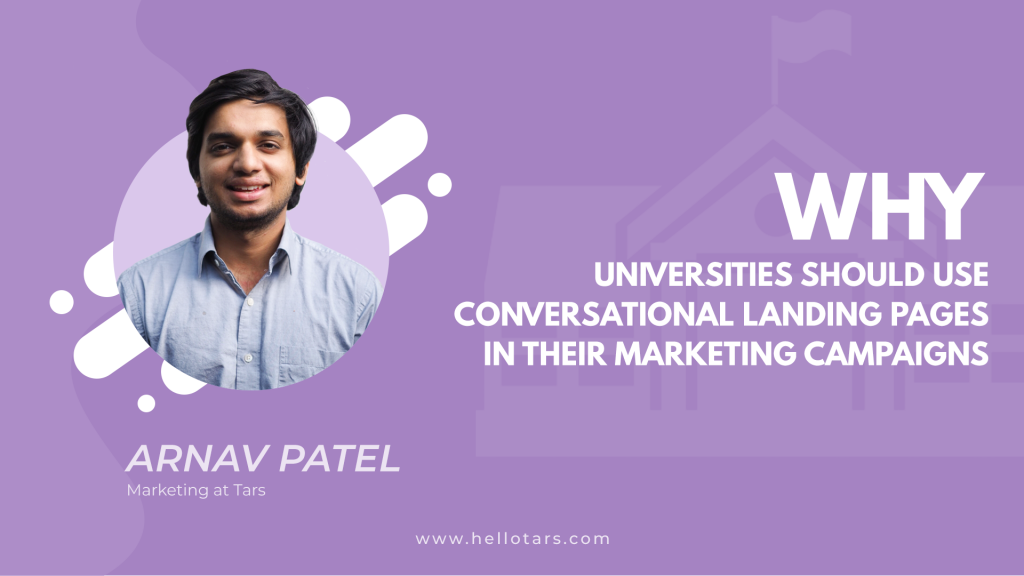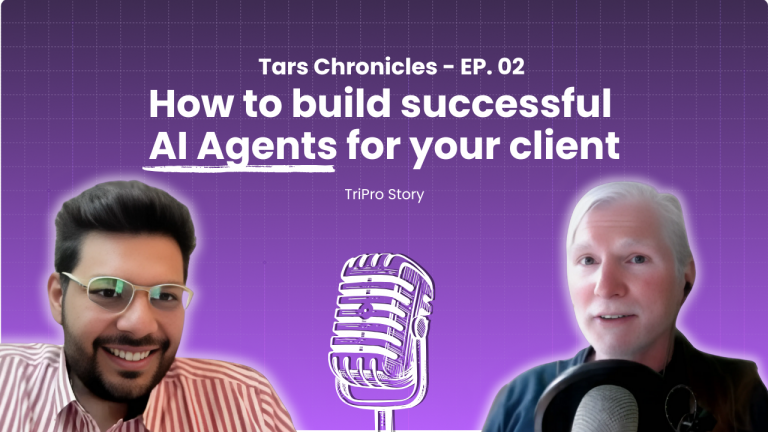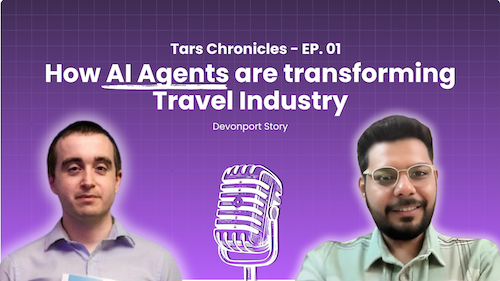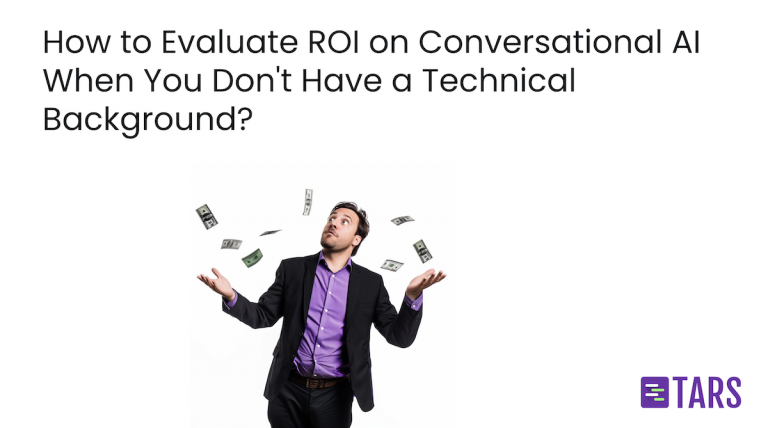Why Universities Should Use Conversational Landing Pages in Their Marketing Campaigns

Most students entering Universities today are millennials, and if there is one thing that I know about my generation, other than the fact that we ruin absolutely everything, it’s that we have really short attention spans. This poses higher education marketing teams with a problem. Digital Ads have become a key tool in the way universities attract students and shortening attention spans kill their effectiveness. Once a prospect clicks on a Google Ad the likelihood of them converting into an information request is completely dependent on capturing their attention. Traditional landing pages are terrible at this. This is why conventional CRO hacks like dropping the number of form fields on a page yield marginal improvements in conversion rate at best. Within such a context, conversational landing pages are a secret weapon that can separate the best higher education marketers from the rest. Chat interfaces flip the paradigm of traditional landing pages on their head. They transform boring web interactions like form-filling and reading into interactive conversations that improve conversion rate by 2-3x and drop cost per lead by 50-70%. Here’s the full story.
The Problem
Most university landing pages look like this:
It’s not unusable, but it’s not particularly engaging either. The page isn’t particularly visual, it depends on blocks of text to convey information and worst of all, it uses a form for lead capture. All of these elements fit the traditional mode of CRO and landing page design well but in the age of social media and messaging apps they simply don’t cut it. Marketers have 7 seconds to capture user attention once they land on the page, and elements like these ones simply can’t achieve that because they don’t cater to the ay prospects actually interact with the web. Put simply, people don’t like reading text, and they don’t like filling out forms. This is why higher education Google Ads conversion rates are consistently below 5%.
The Solution
Conversational Landing Pages solve this problem by reimagining the lead generation user experience with the underlying philosophy that “less is more.”
In practice this transformation has two effects:
- Rather than presenting information in blocks of disparate text all at one go, the bot sends a trickle of easily-digestible, tweet-length messages, ensuring that prospects retain more information.
- The page uses a chat to capture leads instead of a traditional lead capture form. This transforms an otherwise lonely form-filling process into a two-way interaction between prospect and company.
The end result is a more interactive lead generation experience that effectively captures prospect attention and increases conversion rate by 2-3x.
Arnav is the Director of Content Marketing at Tars. He spends most days building bots, writing about conversational design and scrolling through Giphy’s trending section looking for the gifs that go into the Tars Newsletter.
Recommended Reading: Check Out Our Favorite Blog Posts!

From Cold Leads to Conversions: How AI Agents Are Redefining Digital Marketing

Transforming Website Engagement: Building “Mersey” – AI Agent for a Travel Portal

How to Evaluate ROI on Conversational AI When You Don’t Have a Technical Background?

Our journey in a few numbers
With Tars you can build Conversational AI Agents that truly understand your needs and create intelligent conversations.
years in the conversational AI space
global brands have worked with us
customer conversations automated
countries with deployed AI Agents
